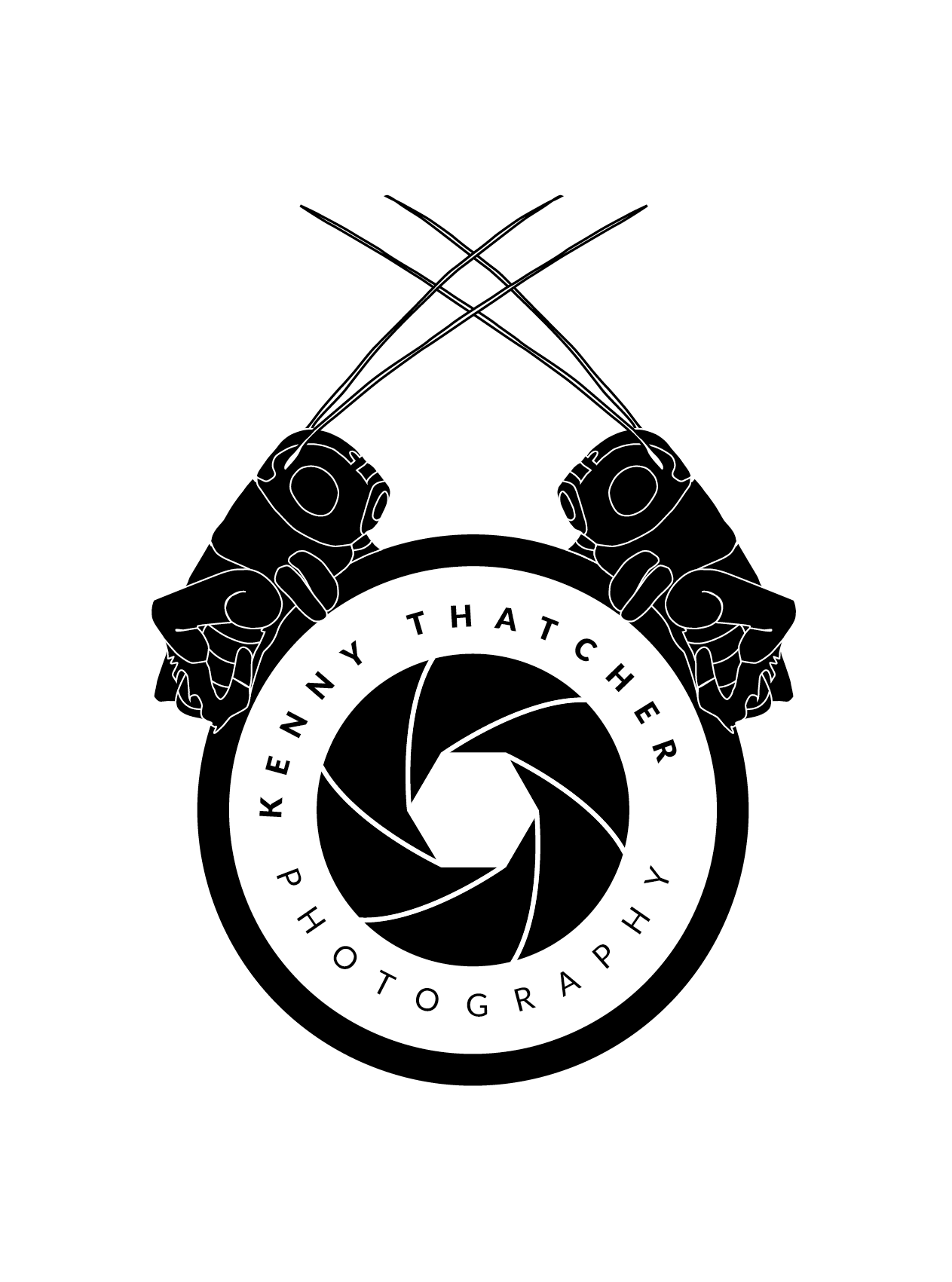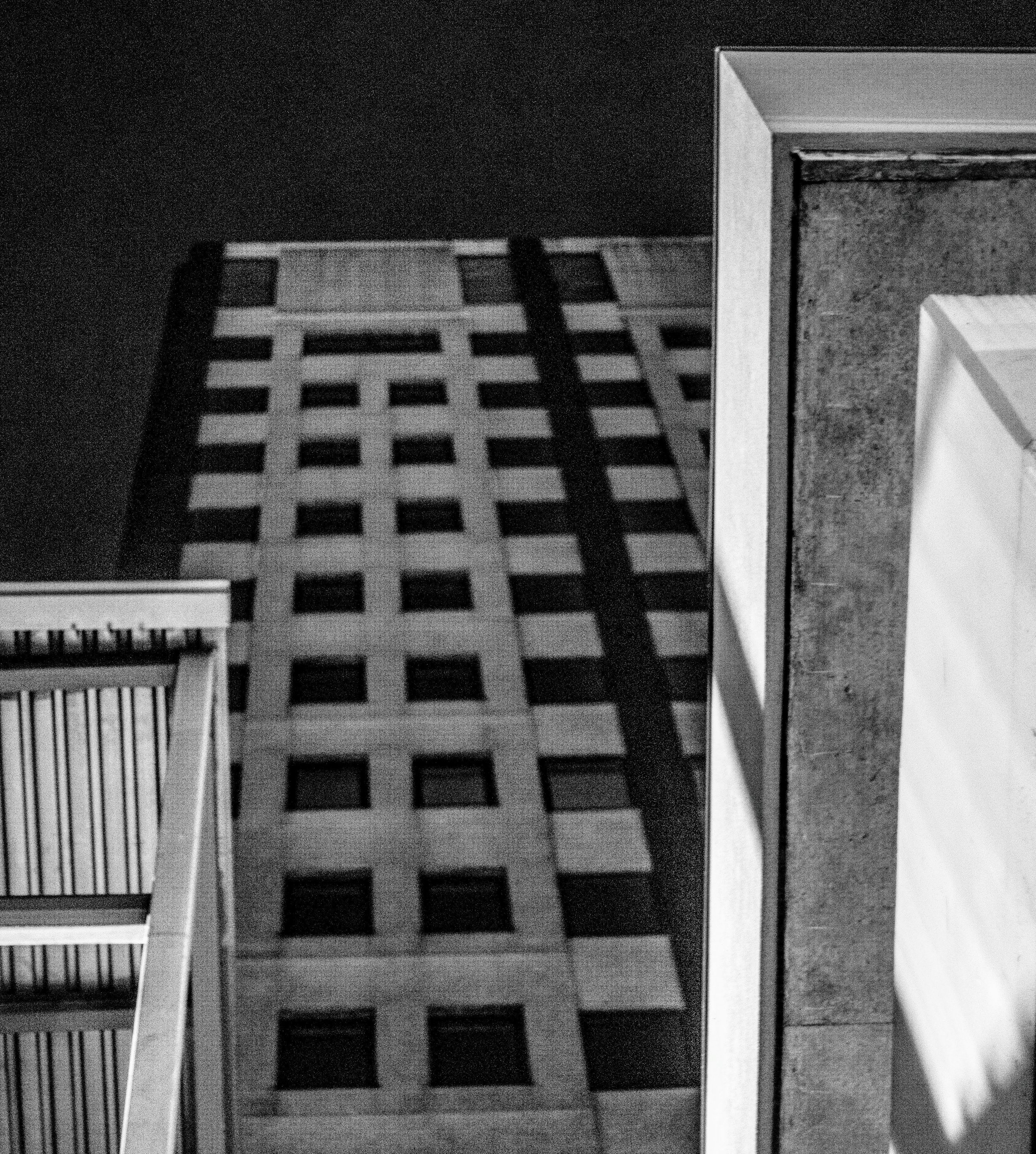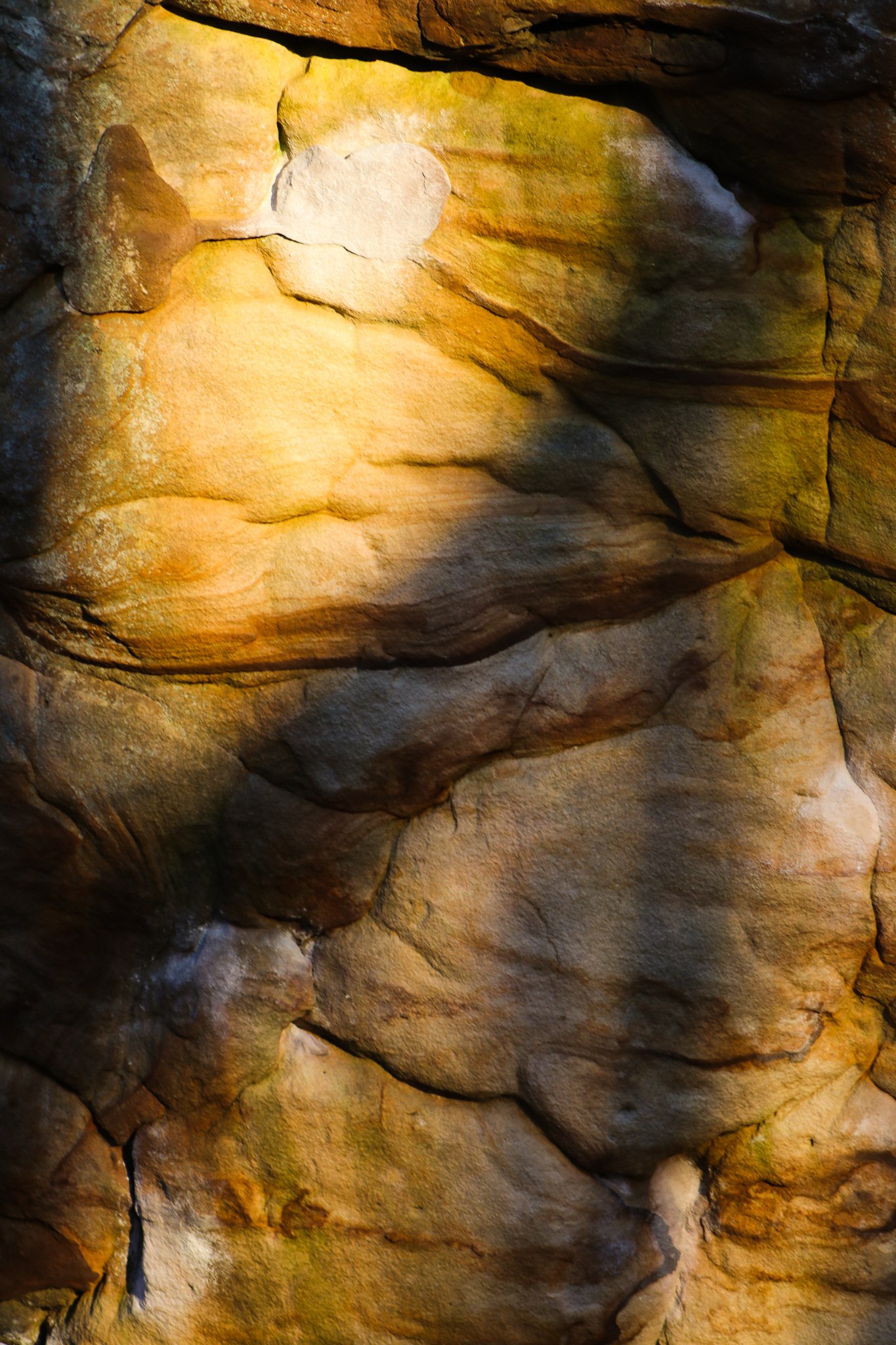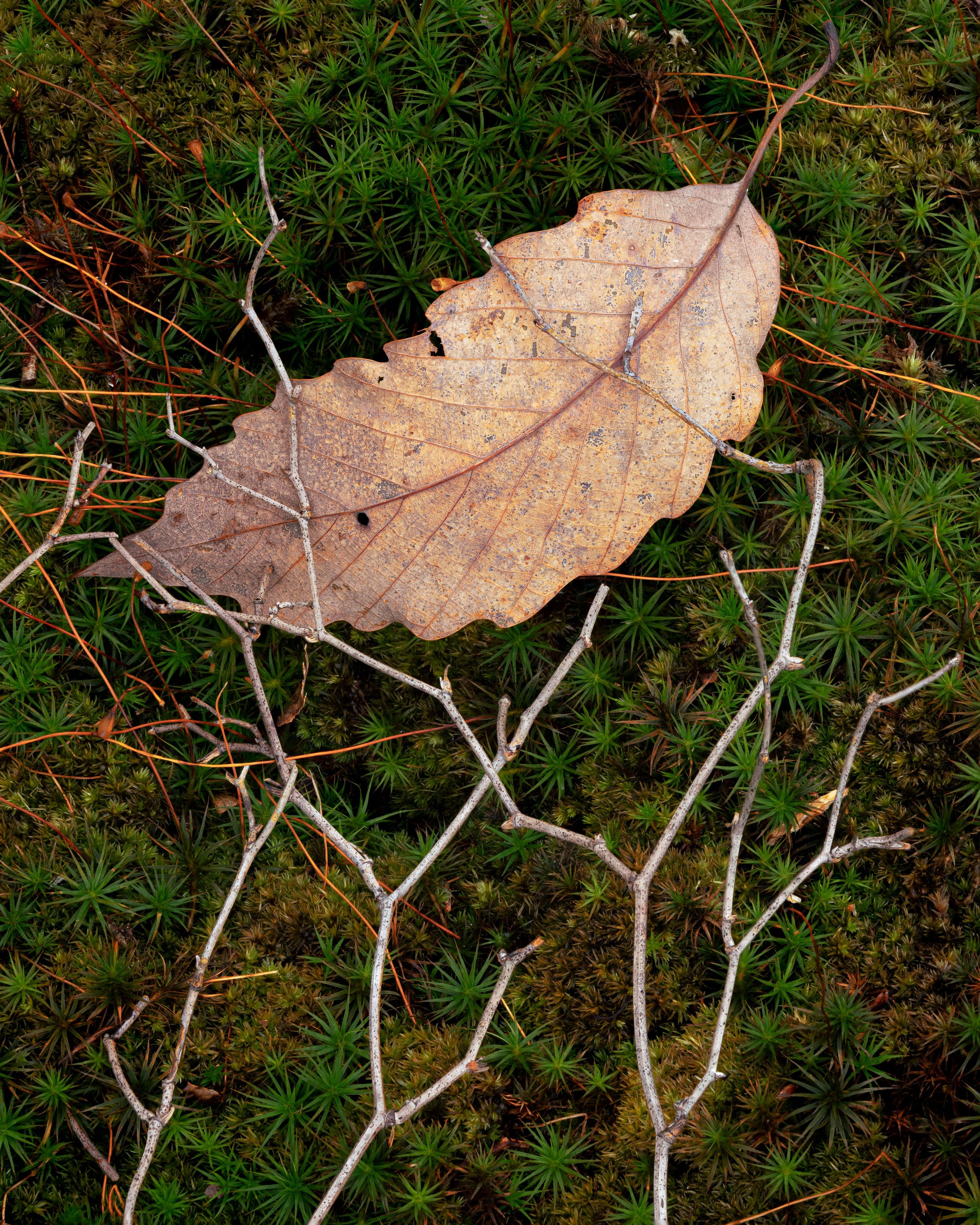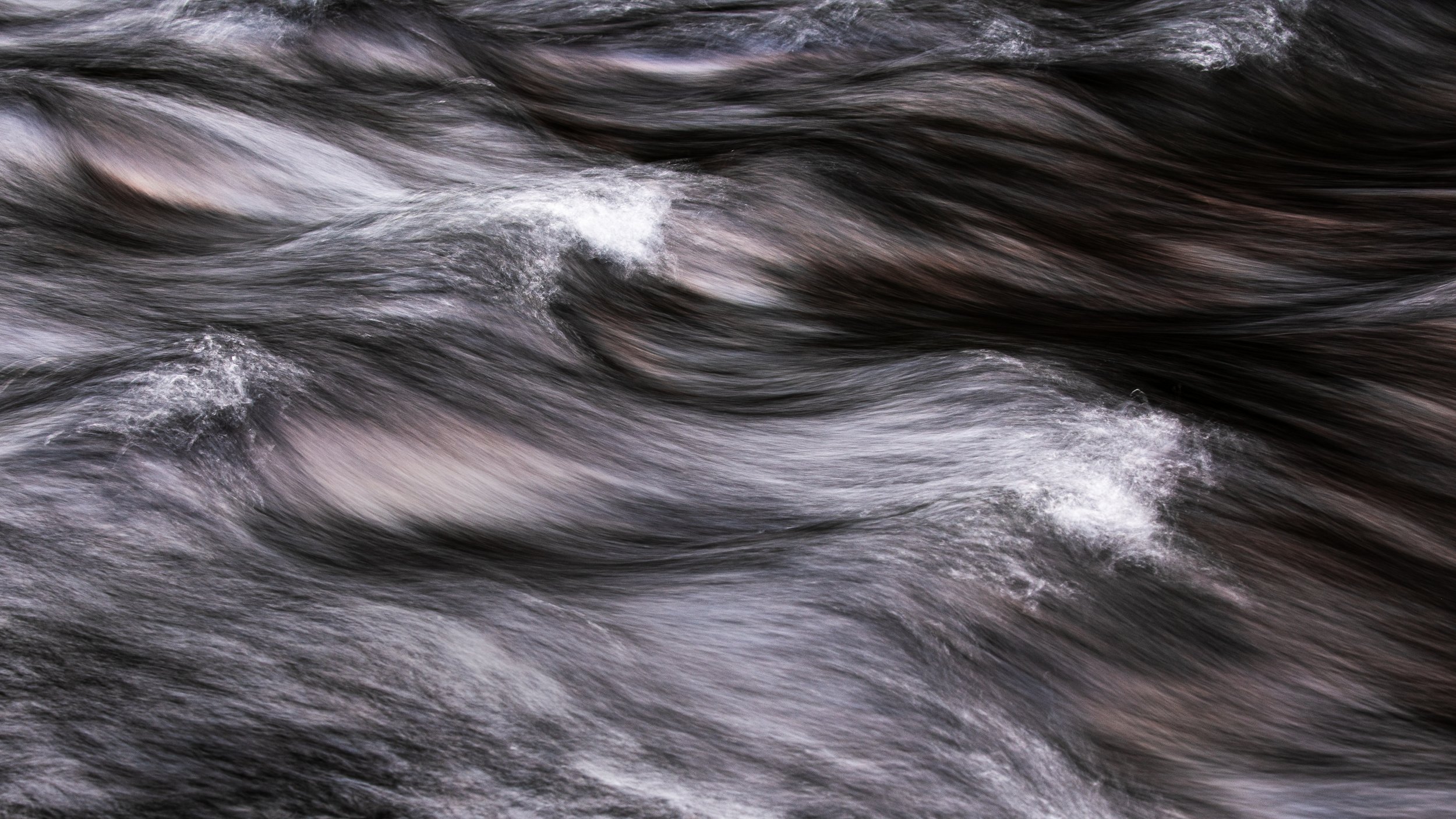A little more about me
This is a continuation of my homepage “bio”
Discussing exposure settings at Outdoor Chattanooga, April 2023, as part of their Spring workshop Series. My introduction to nature photography course was called “Framing Nature”, and I enjoyed sharing a few things that had helped me over the past few years.
My connection to nature began as a child when I enjoyed the freedom and solitude of exploring undeveloped woods surrounding my family’s neighborhood in Knoxville. This connection to the natural world grew as I eventually participated in scouting as a teen, and evolved further as a young adult when I pursued difficult rock climbing and competitive cycling. Experiences of freedom and solitude remain crucial to my mental and emotional well being, and are prerequisites to the state of flow I hope to achieve in the field.
I am privileged to have parents who have supported my creativity, in many forms, my whole life. I wouldn’t be the photographer or person I have become, either, without the love and encouragement of my partner Hannah, who is an amazing artist and designer. Despite my longstanding appreciation of art of all kinds, I didn't bother learning about it very seriously (or using a camera regularly) until my late 30s.
In February 2020, at the start of COVID-19, I talked a good friend into joining me on a short road trip so I could buy my first used DSLR from a stranger near Atlanta. I’d been in love with the outdoors for as long as I could remember and for many years I’d wanted a good camera to document the amazing places I’d seen. Recent visits to Yosemite, Zion and Japan made me realize my phone wasn’t cutting it any longer.
Back home with my used Canon, I started photographing everything that drew my attention (including my dogs Clemenzo and Luca and partner, Hannah), and learning all I could. COVID made me wonder if the world was coming to an end, so for some reason I felt compelled to document our eerily silent downtown and the city’s dilapidated industrial sites. It was around this time I started an Instagram account at the suggestion of a good friend, and I stopped drinking.
Paradoxically fearing a drop in profits despite record sales, my employer at the time cut staff hours so I was free to spend lots of time absorbing online tutorials and experimenting with light. Here are a few photos from that time, February - April 2020. I enjoyed simply playing around, learning how to shoot manual with my Canon EOS 80D, and coming to terms with the many pros and cons of social media. After several months, I also tried my hand at photographing weddings and products for clients, to see how I might enjoy working in those industries.
The “Big Welp” (“Goodbye” in coworker parlance)
On August 2, 2021 I was let go from my job without warning or explanation, after the same thing had happened to many good friends and colleagues. It was confusing and painful because I felt a genuine connection to many people I had worked alongside for nearly eight years. Even though I knew my job had always gone well, and nothing about the decision made good business sense for the company I had helped grow, it still hurt. I had pushed back against nonsensical, frustrating policies that had been introduced, rather than lay down and allow upper management to further steamroll the truly wonderful members of the team I oversaw. My firing was personal, and that was how I took it.
I came to understand that I had mistakenly linked my self-worth to my job and the responsibilities that came with it. Upon reflection, I see now how much of my energy was devoted to benefiting shareholders, often in hostile conditions. The persistent knot in my stomach and the tightness in my chest became increasingly commonplace, underscoring the detrimental impact this imbalance had on my mental well-being. The feelings of anxiety, depression, and confusion eventually led me to recognize the clear source of my distress.
A few days after I was let go, I learned that many other people had decided to leave the company, chiefly due to the mountain of poor leadership decisions that had accumulated. Despite feeling shocked and low at first, it didn’t take long to recognize how my termination would quickly lead to a vastly-improved quality of life. This was when my early obsessions with gear and “How To” videos wore off, and photography practically merged with daily life. I began taking my camera with me most places I went, while both my photos and processes grew more personal.
Homecoming
Right off, I felt a visceral need to return to the forest, which I had already spent much of my younger life exploring. For years, I had reliably found solace by visiting nature, but in my zeal to “climb the corporate ladder,” I had forgotten. Previous versions of myself, the hiker, the climber, the cyclist, enjoyed the many disciplined physical demands, but I came to understand these past lives were fundamentally pursuing something more primal and spiritual in the outdoors. I was realizing my inner child by allowing nature to serve as a conduit; I was playing and meditating, in a sense, among the trees, boulders and creeks which brought me peace.
To help combat anxiety surrounding the pandemic, and to quiet the psychological tumult associated with finding work, I began seeking renewed connection to the natural places close to home. Hannah, my partner, bought me a nice pair of hiking boots, I scrounged a few camping implements, and off I went. These newer solo experiences in the mountains, more and more with my camera, felt different than anything I had experienced since I was a kid. I was exploring in earnest, instead of attempting harder and harder rock climbs or competing for faster times on my bike. It was a restorative reawakening, and I haven’t looked back since.
Experience-driven expression
Before I got started with all of this, personally meaningful, expressive photography was not something I associated with a craft I recognized mostly for its documentary applications. Since the pandemic, I have become intrigued by photography as a creative medium.
On a core level, I want to communicate the feelings I experience while connecting to the landscape, whether I have discovered something exciting and dramatic or enjoyed the simple solitude of a familiar place. In many of my best moments I feel like I’m a weird little kid again, playing mindlessly and uninhibited. I once again allow myself to explore to my heart’s content. Because of this, I hope to inspire wonder, curiosity and freedom with my body of work. I cherish the natural places I have called home for decades to such a degree that I don’t feel compelled to photograph exotic locations, seek iconic shots, or do anything resembling a hustle. It’s all good here, where I enjoy the creative life at my own pace and in my own place. My love for my home and this planet is why I aspire to reach not only eyes but also hearts.
Through intimate connection and profound gratitude, I aim to honor nature authentically and creatively with my work. My images are manifestations of the emotions and intellectual curiosities that occur among the familiar places I call home. Silence and solitude are essential conditions for me to create in ways that are the most personally meaningful and fulfilling. These moments of quiet reflection allow me to connect deeply with my thoughts and emotions, enhancing my creative process.
Uplift, 2/26/23
On processing
To a large extent, our mental health, and by extension our survival as individuals, depends on our ability to process experiences and feelings in ways that strengthen and protect our psyche. In this way, I consider my images to be emotive expressions, not just documentary snapshots, that must be recognized, appreciated and nurtured regardless of their outward “beauty.” They must be cared for if I am to continue not only developing as a human, but also connecting with myself and realizing my role in the natural world.
Using post-processing software, I do my best to honor the subject as well as to convey my subjective memory of the experience. To me, this is a challenging but rewarding balancing act. After composing and shooting a scene that resonates with my intellectual or emotional sensibilities at the time, in post-processing, I’ll sometimes cool or warm its tones; experiment with saturation and contrast; or apply dodging and burning. These are quick adjustments that might take something like 10 - 30 minutes depending on the scene, though selective masking can make it go a bit longer. When color doesn’t contribute to a photograph, I like to see what the patterns, textures and overall composition have to say in black and white. Just as when I’m in the field, I normally just end up playing around, following my intuition. I enjoy letting an image marinate for days, weeks, or months before starting or finalizing my processing. Slowness is important to me.
The use of more extreme techniques such as dropping in fake skies with AI, or employing unrealistic compositing, sucks the joy and authenticity out of photography for me. These methods feel like working for a lousy demanding company, in a way, where everything is about bombastic, short term “achievement” with little regard for the big picture. My sensory and emotional experiences, combined with associated personal meaning, are too valuable to counterfeit by taking this approach. I am generally turned away from images that shout.
Ultimately, for what I want to communicate, a more balanced and lighter touch serves my message, whatever that might be, the most authentically. Heavy-handed approaches that can yield loud yet predictable results are not going to take me where I need to go.
Deep Creek, 5/14/21
